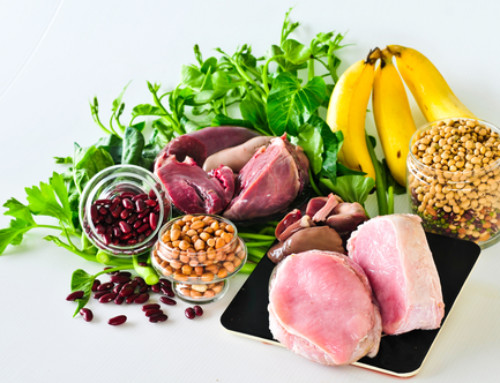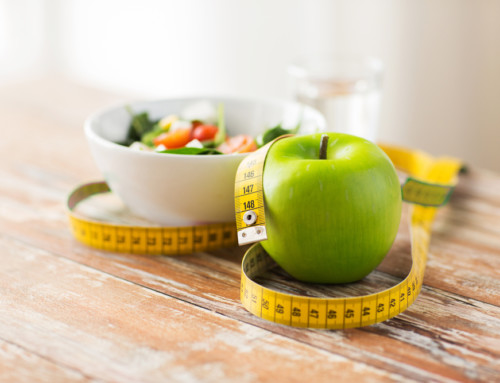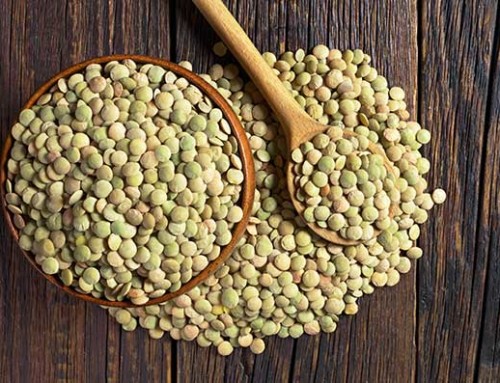Get ready to meal plan your way to health, fitness, and happiness. Whether you’re trying to maintain weight, boost your nutrition, or save time in your busy schedule, this guide will take you from frozen dinner rookie to meal planning pro in no time!
Share This Infographic On Your Site
Why Plan Your Meals?
Planning your meals is a great way to maintain a healthy weight, save money and time. How many Americans could meal planning help?
Facts and stats from the Institute of Food Technologists’ 2015 report on food and diet trends.
- Maintain healthy weight
- Meal planning allows for better portion control
- Planning for food throughout the day keeps hunger at bay
- 53% of adults said they were watching their diet
- 49% of shoppers reported preparing more nutritious meals
- 44% of consumers said they visited fast-food restaurants for breakfast
- Snack nutritiously
- The top factor in choosing a morning snack is convenience
- Meal planning allows you to prepare for your cravings, or hungriest times of day, with a healthy snack on hand
- 50% of consumers say health is an important factor in choosing a snack
- 68% of consumers snack in the afternoon
- Shop more efficiently
- Meal planning enables you to buy only what you need
- Planning a list makes you less likely to toss junk food into your cart on a whim
- 1 in 5 US households overspend on fresh and convenient foods
- Save time
A 2015 Acosta survey showed:
- Millennials cook meals at home an average of 4.5 nights per week
- 9 out of 10 shoppers prefer eating at home
- Time spent cooking one day saves you time during the week
How to Set Up a Meal Plan
Step 1: Gather Recipes
Create a place to store all your favorite recipes (and new ones to try) — refer to this every time you meal plan. A recipe book, or flash cards works well on paper, programs like Trello work well online.
Step 2: Create a Calendar
Use a weekly planner, or write out the day’s yourself. Choose your recipes based on the number and type of meals you need for one week (7 dinners, 5 packable lunches, etc.).
Step 3: Make a List
Based on your calendar, craft a grocery list with all the ingredients you’ll need for the entire week’s meals.
Step 4: Go Shopping
Hit the store, and get everything on your list. Try to focus on shopping the outside edges of the store, where the healthiest and freshest food is located.
Step 5: Pack and Prep
Don’t delay. As you put away your groceries, prep your food right away. Chop and slice all veggies, meats, and other ingredients you’ll use for the week’s meals.
Step 6: Cook Your Meals
Schedule time (e.g. every Sunday afternoon) to do all your cooking at once. Cook all of your recipes, portion them out into individual meals, and store in the fridge — ready to go.
Step 7: Eat & Enjoy!
Each day, grab your pre-packed lunch to bring to work, then pop your dinner in the oven to heat up when you get home. Enjoy all the extra time you’ve saved by planning ahead!
Tips for Meal Planning Success
- Choose recipes with overlapping ingredients, to save money.
- Double any recipe, and freeze half of it for next week.
- Try using “theme nights” to guide your planning (Monday is chicken, Tuesday is tacos, Wednesday is pasta, etc.)
- Try to plan recipes around the weekly sales at your grocery store.
- Note how many servings a recipe yields — double it (or halve it) depending on how many times you’d like to reheat that meal, or how many people you’re feeding.
- Look at the weather forecast (yes, really!). Try to predict what you’ll be in the mood for based on the weather — warm chicken noodle soup, or fresh garden salad?






![The Sad Desk Lunch [Infographic]](https://www.tricitymed.org/wp-content/uploads/2017/05/sad-desk-lunch-cover-500x383.jpg)